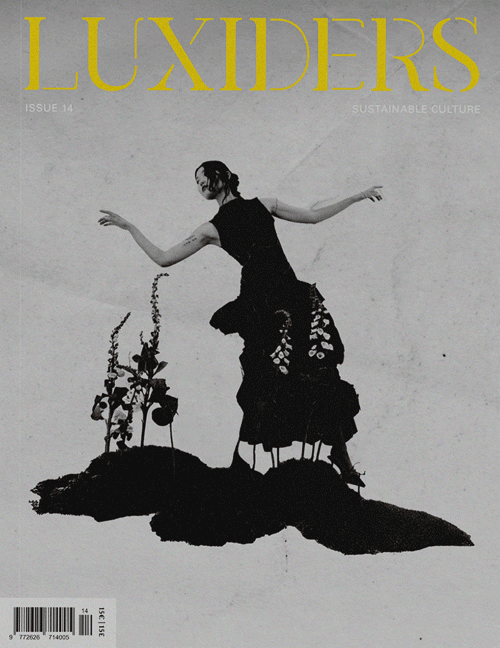
Efímera: The New Contemporary Art Space Redefining Sustainability and Time in Murcia
Murcia has a new pulse in its cultural heart. On 3 October, Efímera opened its doors as more than an art gallery —it emerged as a living organism where creation, thought, and experimentation intertwine. Founded and directed by Belén Vera, this contemporary art space seeks to slow down the rhythm of artistic production, fostering sustainable relationships between artists, audiences, and the local context.
A Laboratory of the Ephemeral
Efímera’s inaugural programme —running until 19 December— presents two exhibitions that converse through matter, memory, and transformation. El arte de lo efímero. Gotas de eternidad brings together local artists Pilar Acosta, Iván Arana, Mario Rubio, and Paco Vivo in a meditation on materiality as both resistance and remembrance. Each artist navigates the dialogue between creation and decay through distinct languages: Acosta’s hybrid works blend painting and sculpture using marine residues; Arana explores the body and desire through print and installation; Rubio’s “toys of the Anthropocene” reclaim the poetic potential of discarded matter; and Vivo merges the natural and the artificial in abstract gestures that border on the spiritual.
The exhibition includes a curatorial text by writer Alejandro Hermosilla, whose literary reflection accompanies the works with philosophical precision. Fragments of his essay are featured in the first issue of XYZ, which can be read here.
In parallel, designer Diego Lizán unveils Mirar atrás. Seguir adelante, an exhibition that reveals the creative process behind Efímera’s own visual identity —an open and mutable system inspired by the typographic experiments of Herb Lubalin and the Avant Garde aesthetic of the 1960s. Lizán’s design is both graphic and symbolic, embodying Efímera’s ethos of constant transformation.
For Belén Vera, founder of Efímera, sustainability begins with rhythm and care: “At Efímera, we work from a place of listening, but also with a sense of responsibility toward our context. Each project is conceived consciously, with attention to time, people, and resources. It’s not only about speaking of the environment or using recycled materials, but about incorporating that awareness into the way we do things: how we choose artists, how we produce, and how we inhabit the space.”
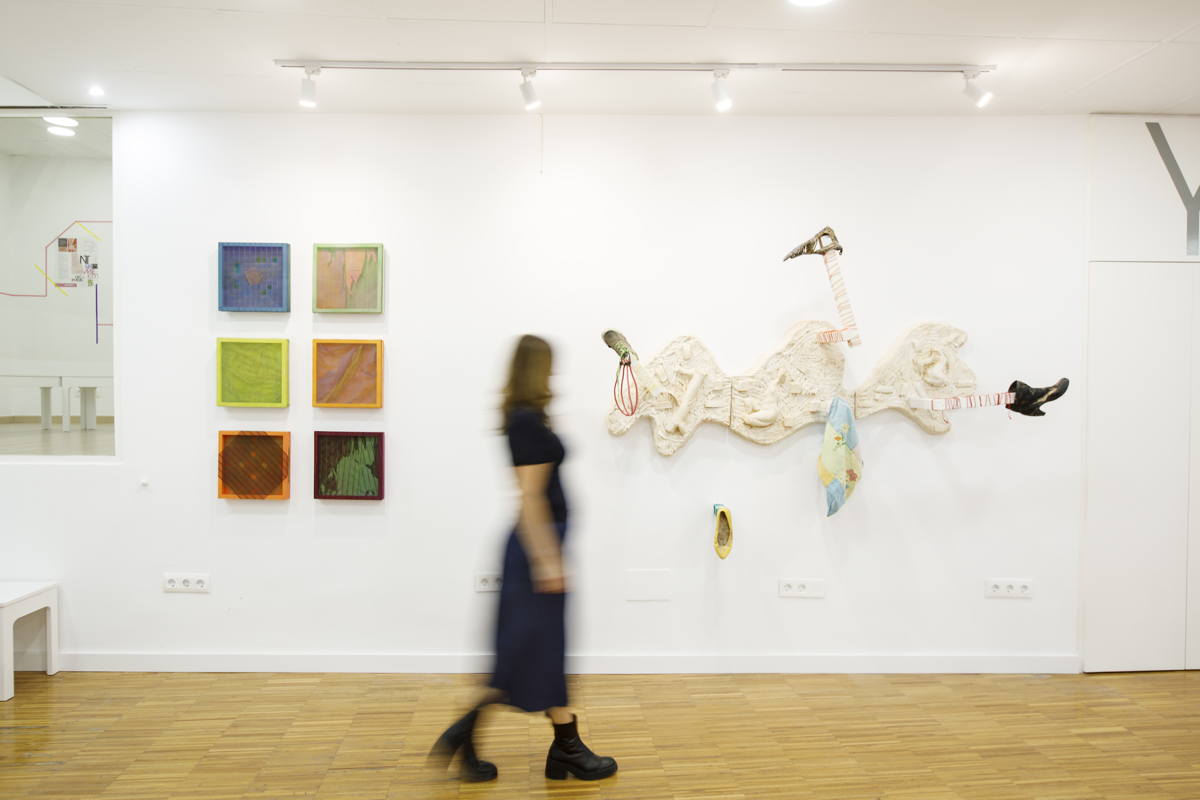
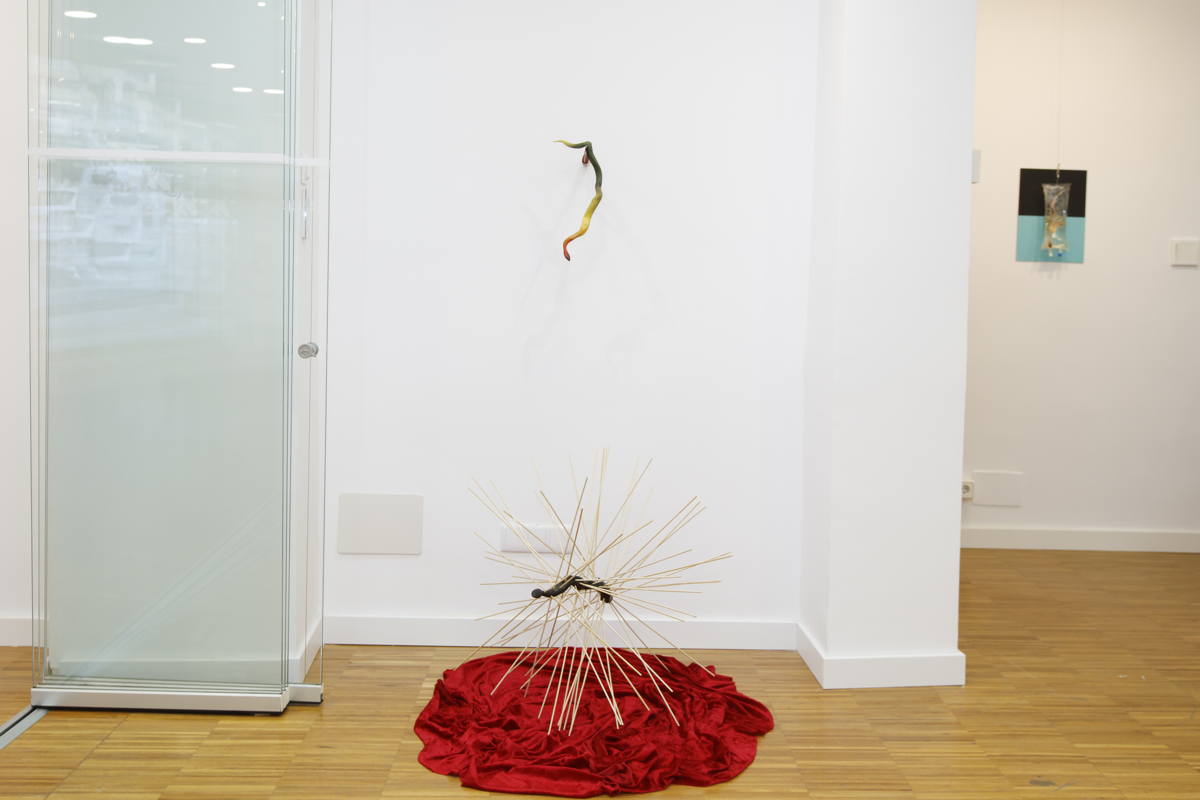
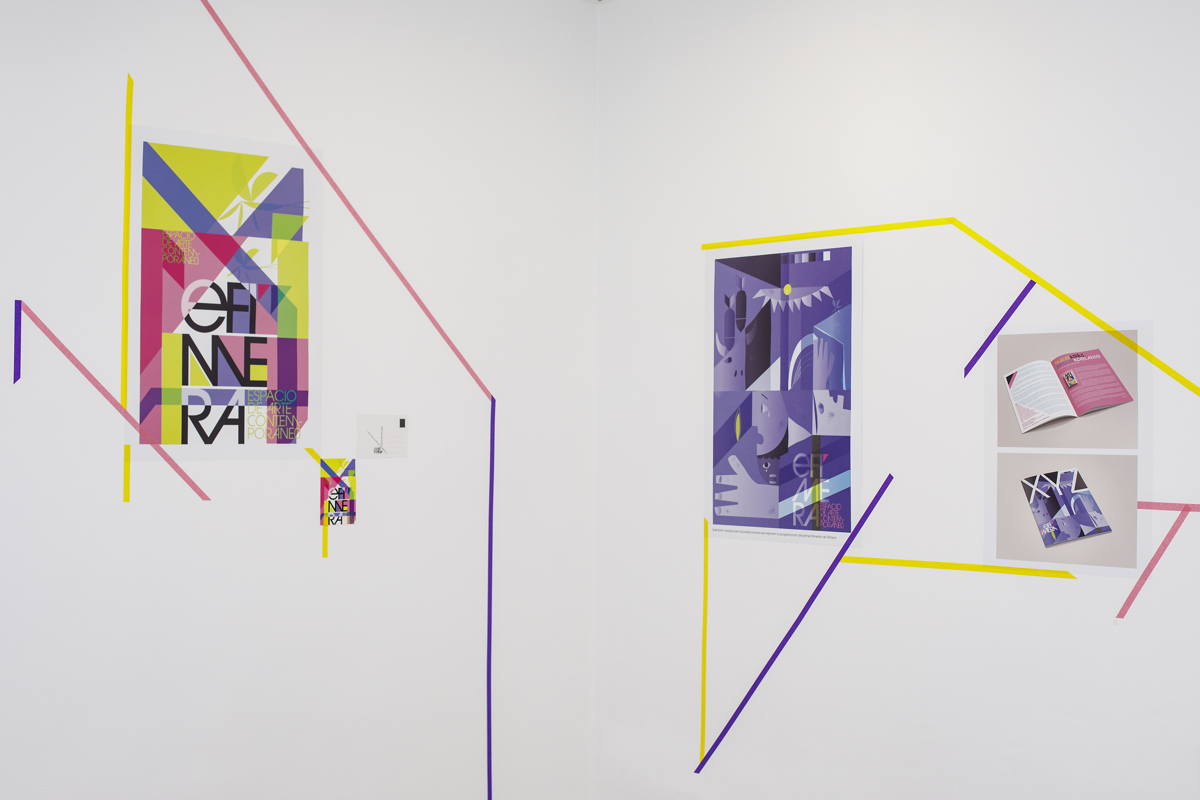
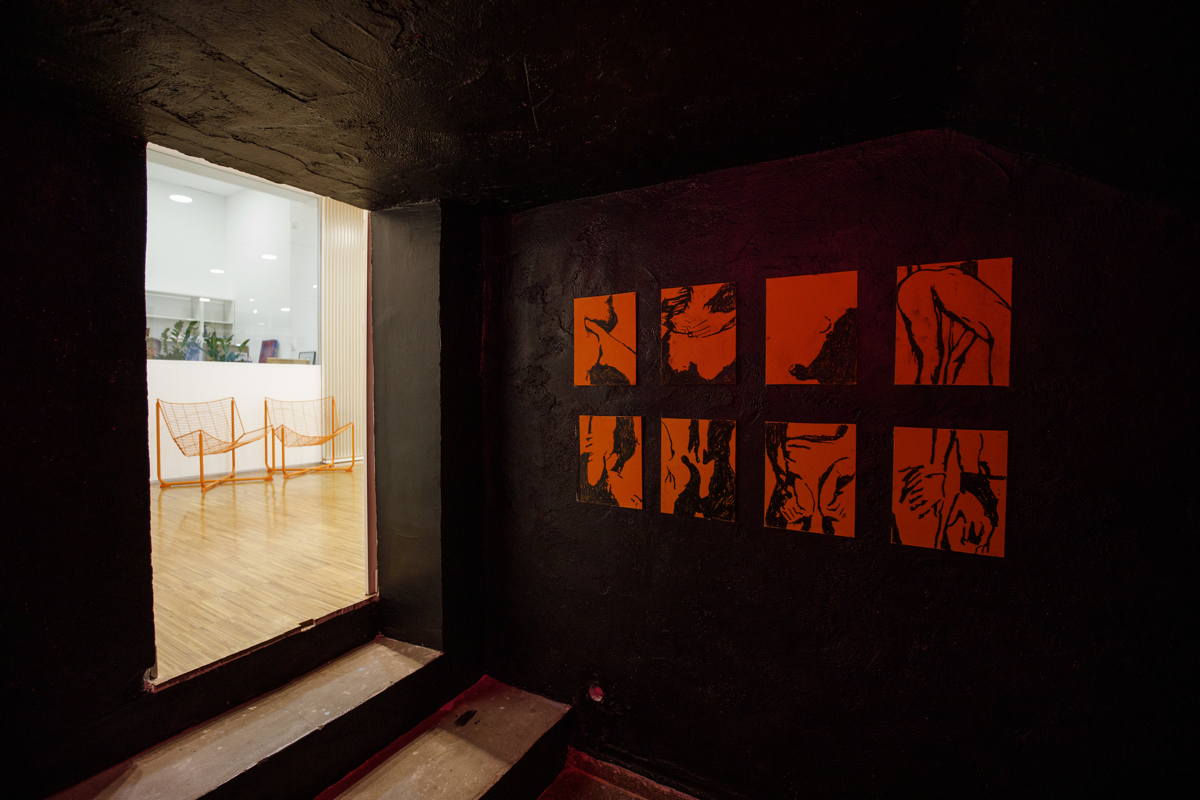

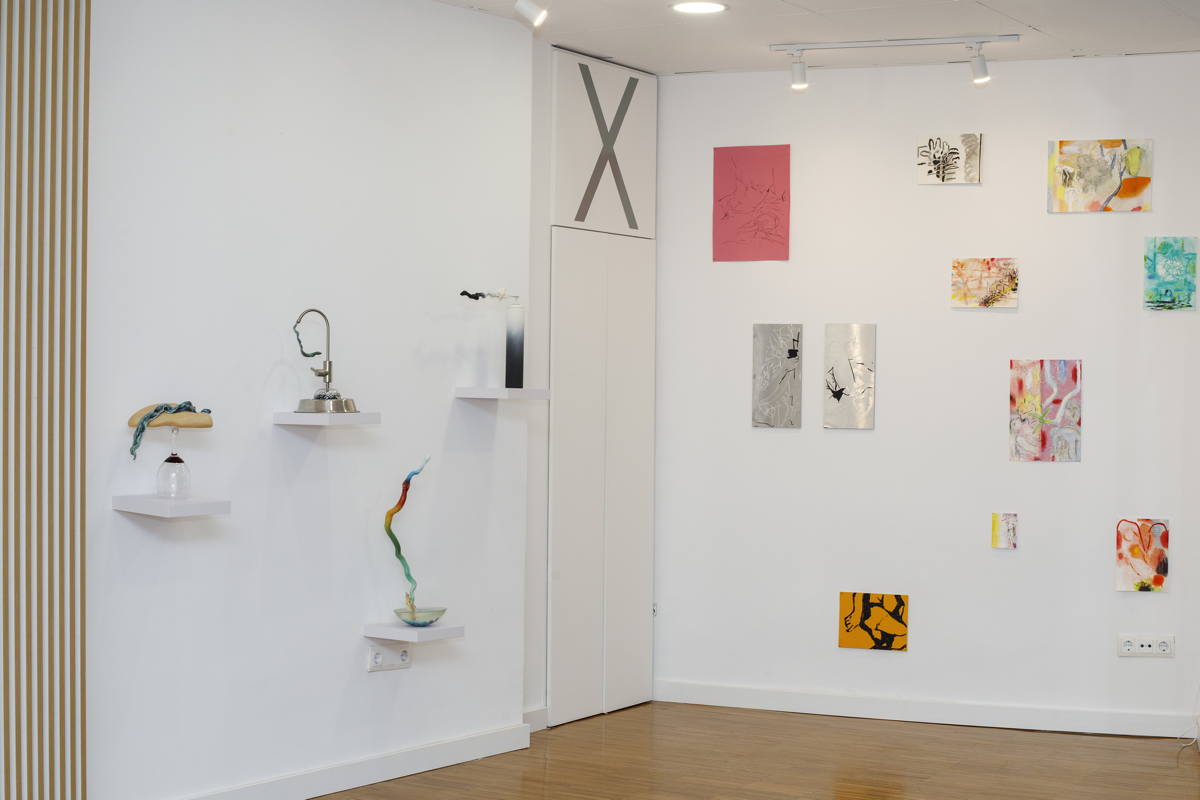
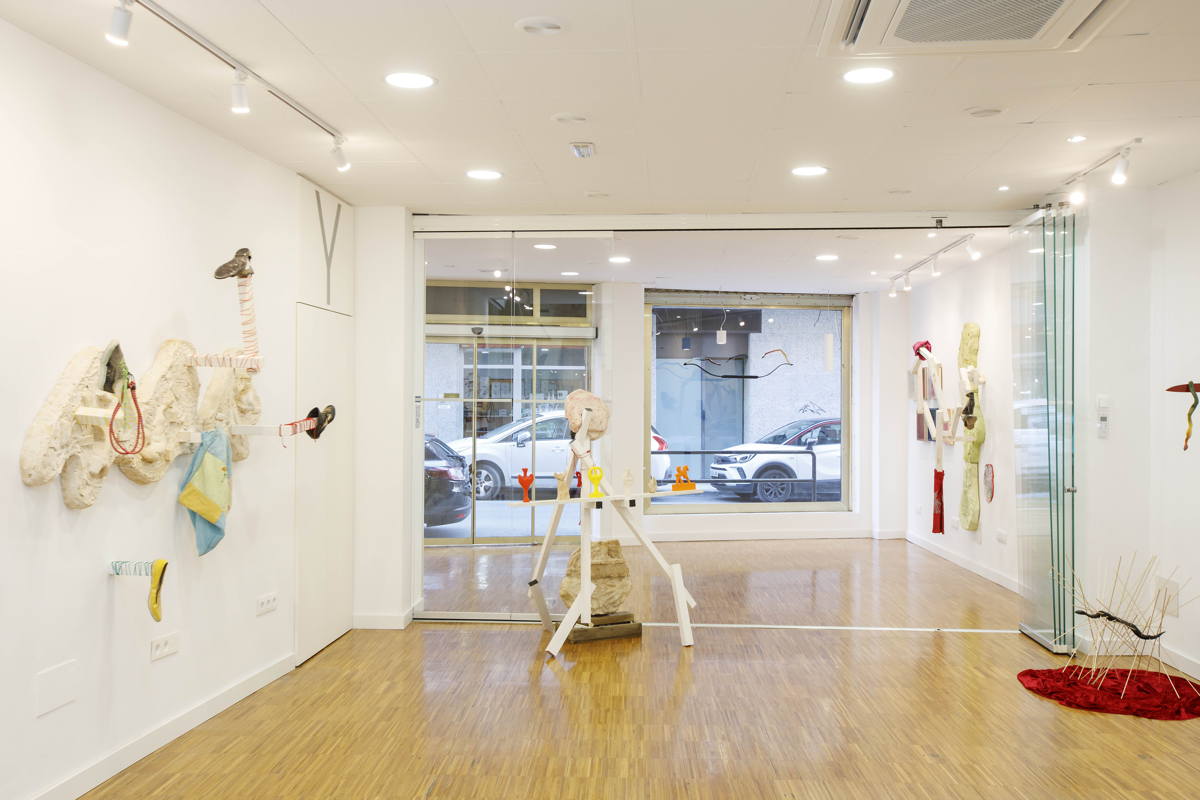
The Space as Experience
Efímera is conceived as a refuge for contemporary creation —a place where art is not only shown but lived. Architect María José Climent collaborated in shaping a flexible, living space that adapts to artistic processes rather than confining them. Music, too, plays a key role: each trimester, sound curator Javi Botella creates an auditory landscape that dialogues with the exhibitions. For this first season, the space will resonate with a sound piece by Susana López, performed live throughout the programme.
Efímera’s approach to art reclaims slowness and presence as political gestures. Its curatorial line is rooted in environmental awareness, artistic integrity, and the poetic value of time —proposing a model of sustainability that begins not with materials, but with relationships.
“I’m interested in art as a territory of encounter, where real conversations can take place and relationships can be generated that help us inhabit the world differently. Each project, however small, can transform our relationship with our surroundings and with others. In that gesture, in that way of being” – Belén Vera, founder of Efímera.
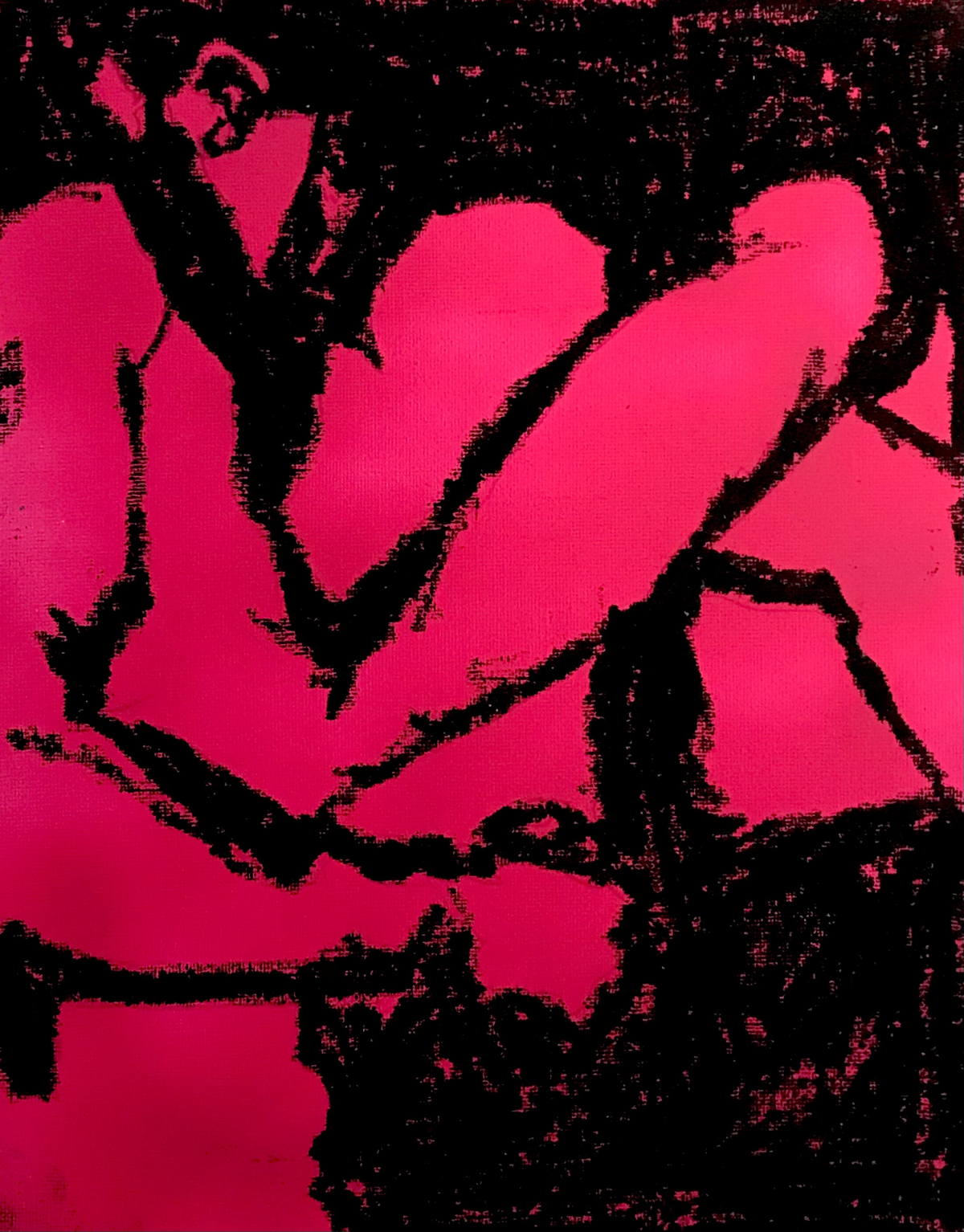
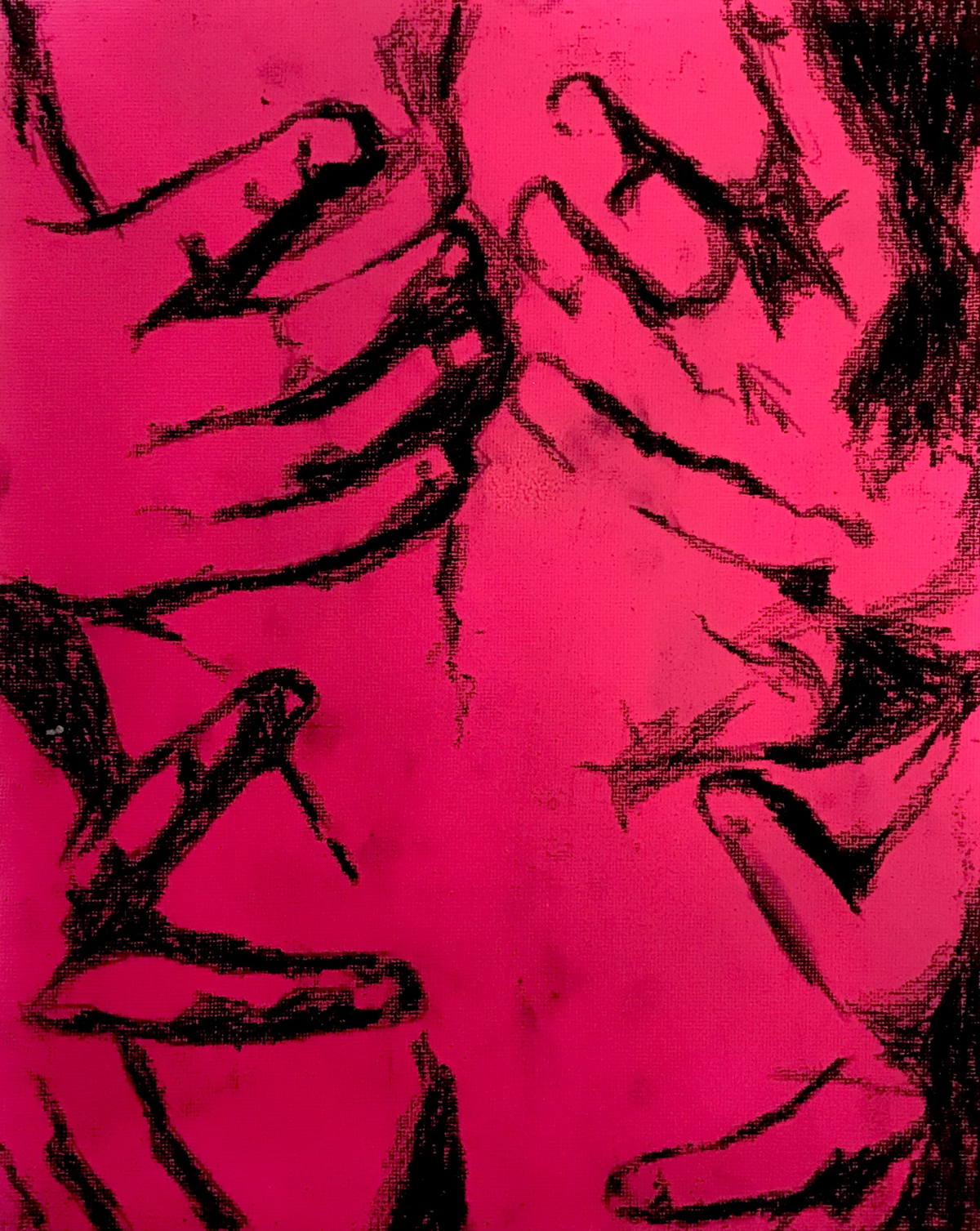
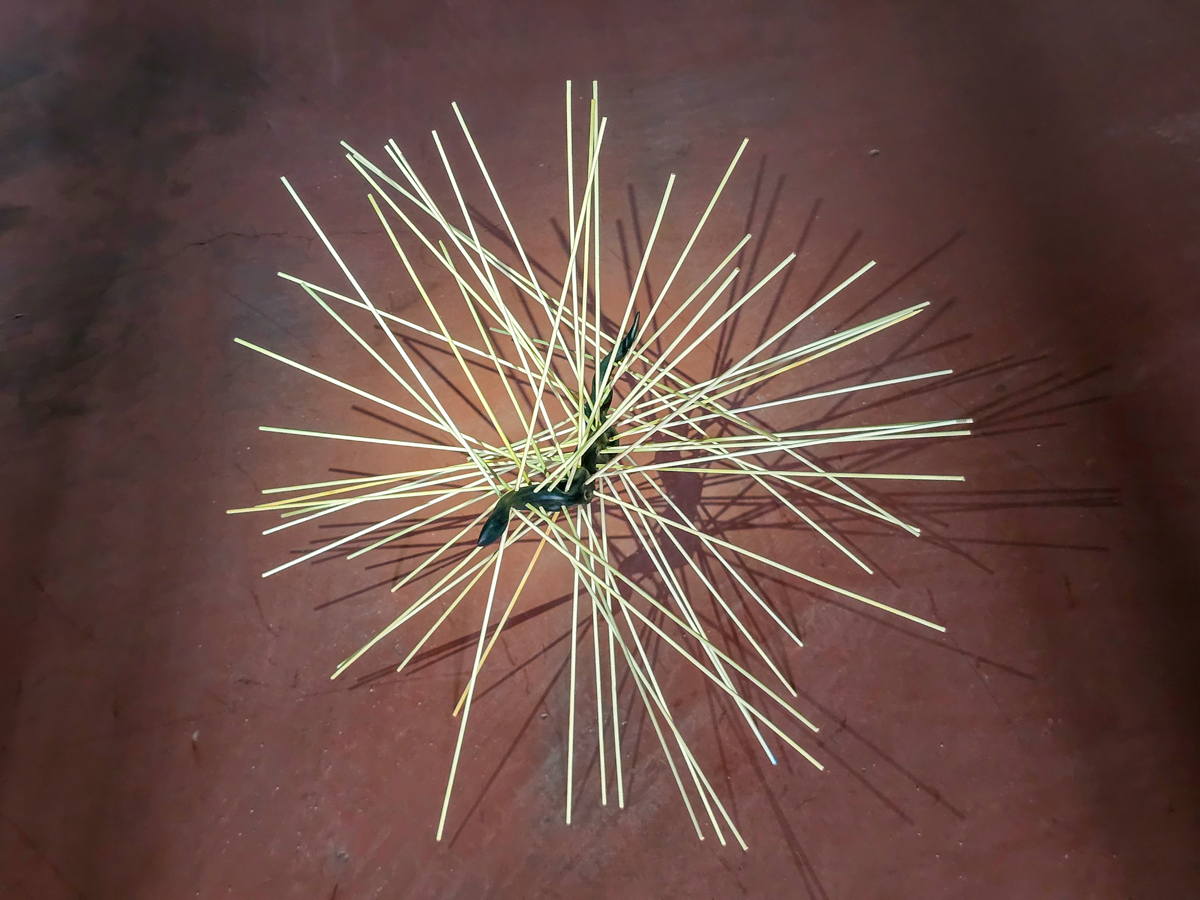

Exclusive Interview with Belén Vera, Founder of Efímera
Efímera is born with a clear sensitivity to the present. How does that awareness of the “now” translate into sustainable criteria when selecting the artists and projects you exhibit?
For me, sustainability begins with rhythm and care. At Efímera, we work from a place of listening, but also with a sense of responsibility toward our context. Each project is conceived consciously, with attention to time, people, and resources. It’s not only about speaking of the environment or using recycled materials, but about incorporating that awareness into the way we do things: how we choose artists, how we produce, and how we inhabit the space.
I’m interested in collaborating with people who work from the local and observe their surroundings with sensitivity, without losing sight of what happens globally. That attention to what is near, to what’s happening around us, is also a way of resisting the speed of the art world. In that sense, Efímera supports practices that value process, coherence, and personal involvement. Moreover, sustainability has much to do with human relationships—caring for artists, the team, and the audience, and creating bonds that endure beyond an exhibition. If we want art to be a transformative space, we must start by transforming the way we produce and share it.
In a historical moment when everything seems to be trembling —climate, politics, certainties— what role do you think art can play in rebuilding meaning? What narrative —what storytelling— does Efímera propose in response to the anxiety and fragmentation of the present?
The environment we move in is essential for Efímera. That’s why we insist that it isn’t a conventional gallery, but a space that seeks to attract proposals capable of stirring awareness and reflecting the time we live in. The illustration created by Diego Lizán for the brochure and the magazine XYZ is a good example of that perspective. It’s not just a formal image, but a composition loaded with layers of time and meaning —a look at the past through Picasso, and also a reading of the present, crossed by conflicts such as those in Ukraine or Gaza. From the beginning, Diego and I were clear that this project couldn’t turn its back on its context. Art, even if it’s not obliged to denounce, can —and perhaps should— serve as a loudspeaker, a way of looking directly at what’s happening. In that balance between beauty, critique, and awareness, Efímera finds its voice.
Sustainability in art goes beyond materials —it involves processes, collaborations, and relationships with the environment. How does Efímera foster this broader vision of sustainability?
At Efímera, we understand sustainability as something that runs through the entire ecosystem of art, not just its materials. That’s why we encourage collaborations with artists, scientists, and cultural agents, creating networks that can be sustained over time. The open call on art, science, and ecological awareness was born precisely from that intention—to weave connections between disciplines and generate shared knowledge. Beyond the outcomes, we’re interested in accompanying processes, encouraging encounters, and building relationships based on trust. For me, that’s the most honest way to expand the meaning of sustainability within contemporary art.
Murcia has a local artistic fabric in full effervescence. Do you think that supporting proximity production and local artists is also a form of cultural sustainability?
Absolutely. For me, it’s essential to look inward and recognise the value of Murcia’s artistic fabric, which is diverse, strong, and has its own identity. Efímera was created with the aim of supporting those who choose to develop their practice here, offering a platform to make their work visible while also connecting with other scenes and contexts.
Supporting local production is also a form of cultural sustainability —it means taking care of what we have nearby and generating real opportunities without having to leave. We’re interested in the local, but always in conversation with the global; we believe that richness lies precisely in that exchange of perspectives.
As an independent space, Efímera promotes dialogue between the emerging and the established. How do you balance the economic sustainability of the project with artistic and environmental integrity?
It’s very important to me to vindicate artists with long careers, especially those who have maintained a coherent and solid practice outside market dynamics. Sometimes I wonder why the art world is so inclusive with certain minority discourses —which is necessary and positive— but at the same time excludes those who have been creating with rigour and sensitivity for decades.
In this inaugural exhibition, we wanted precisely to highlight that diversity. Mario Rubio and Paco Vivo are two mature artists whose work, in addition to exquisite technique, reflects a completely contemporary gaze, open to the languages of the present. In contrast, Iván Arana and Pilar Acosta bring freshness, new narratives, and a more experimental approach that expands the dialogue between generations. That coexistence is what truly interests us at Efímera: a space where the emerging and the established meet without hierarchies, with respect and mutual curiosity.
In a world where everything seems accelerated and ephemeral, can contemporary art offer a more sustainable model of relating to time, creation, and community?
I believe so —and that’s precisely part of Efímera’s raison d’être. Art has the capacity to bring us back to the present, to make us observe attentively, and to build community through shared emotion and imagination.
I’m interested in art as a territory of encounter, where real conversations can take place and relationships can be generated that help us inhabit the world differently. Each project, however small, can transform our relationship with our surroundings and with others. In that gesture, in that way of being, I find the true sustainability of art.
“Art has the power to bring us back to the present, to make us look attentively, and to build community through shared emotion and imagination.” – Belén Vera
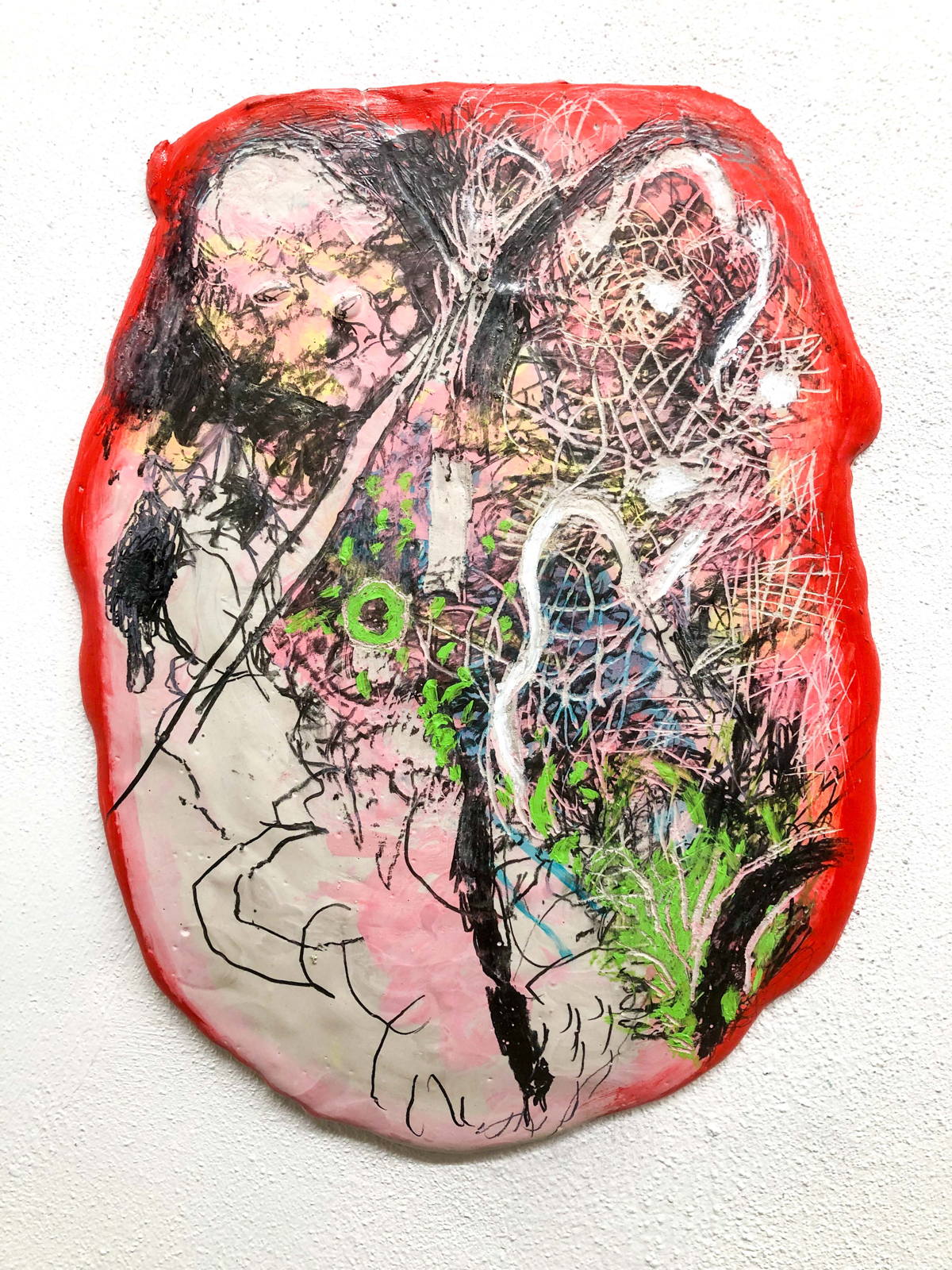
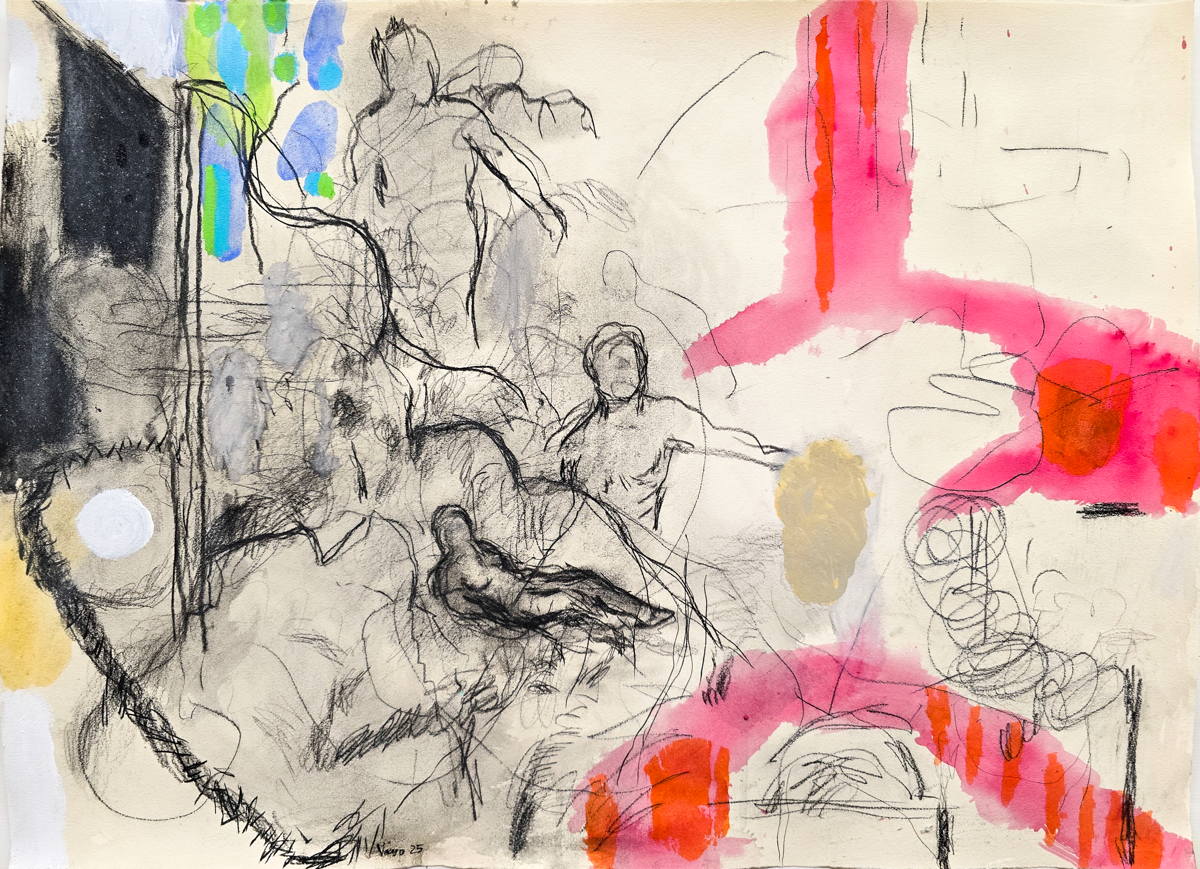
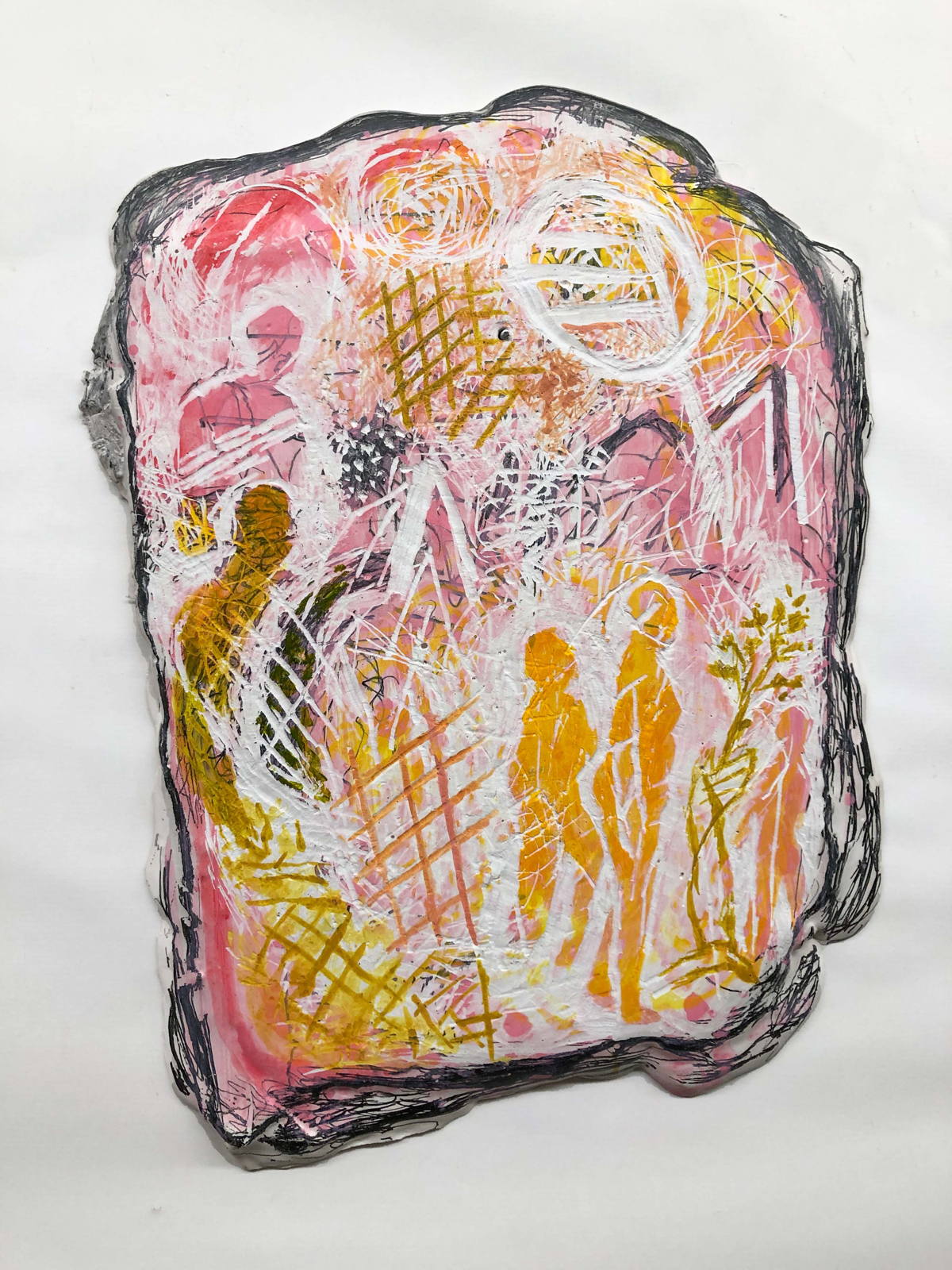
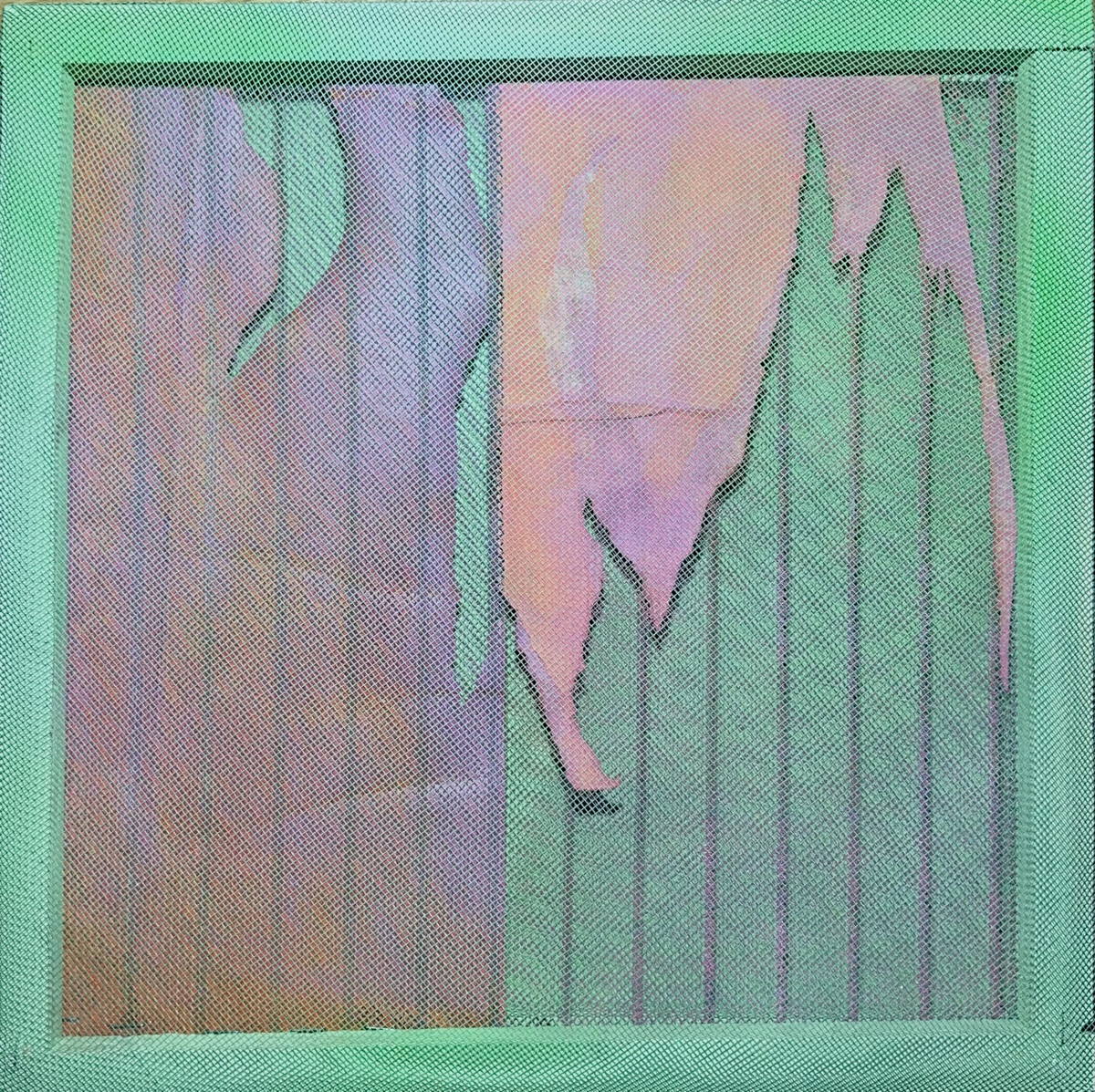
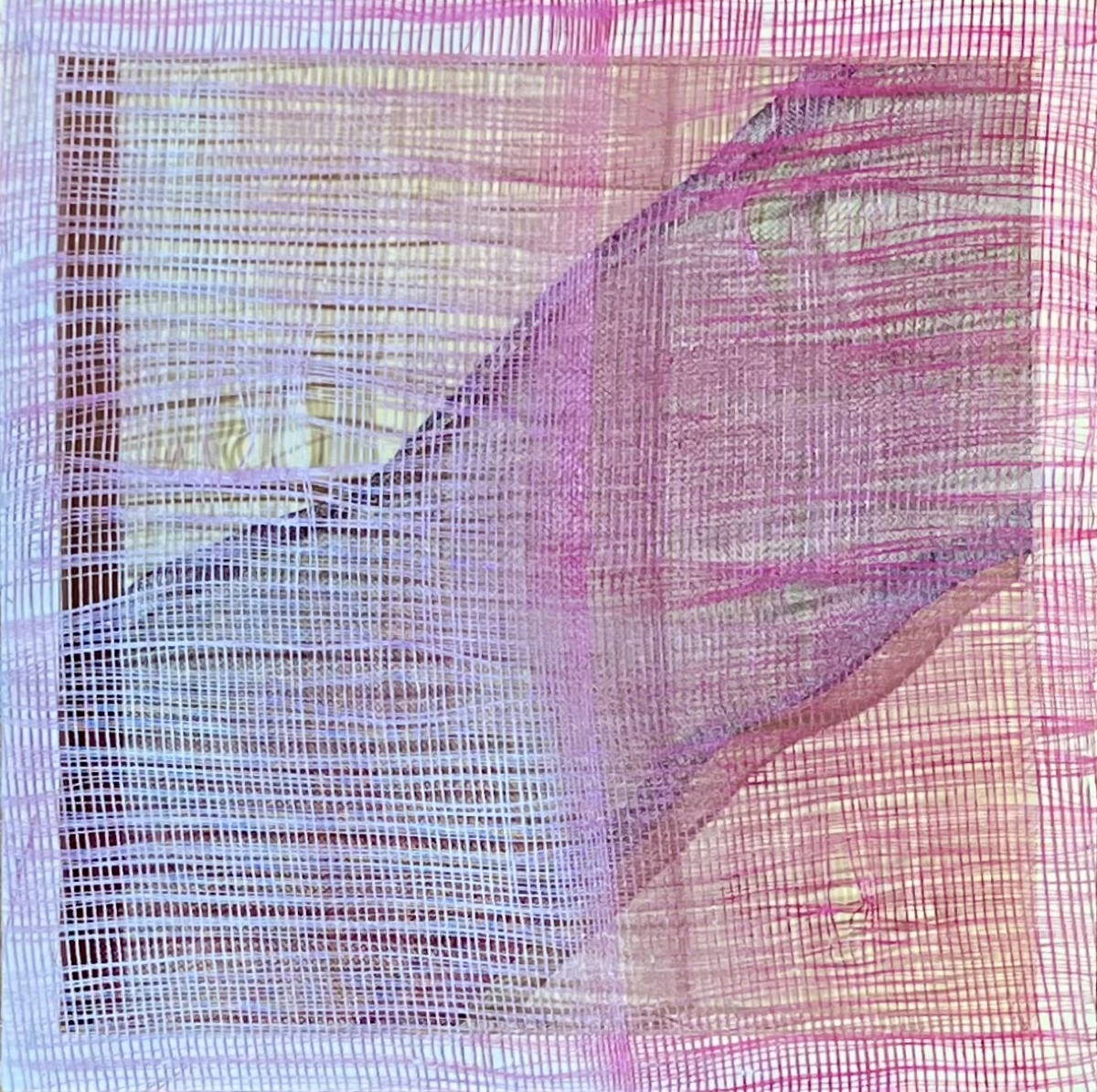
All Images:
© Pilar Morales | Courtesy by Efímera

